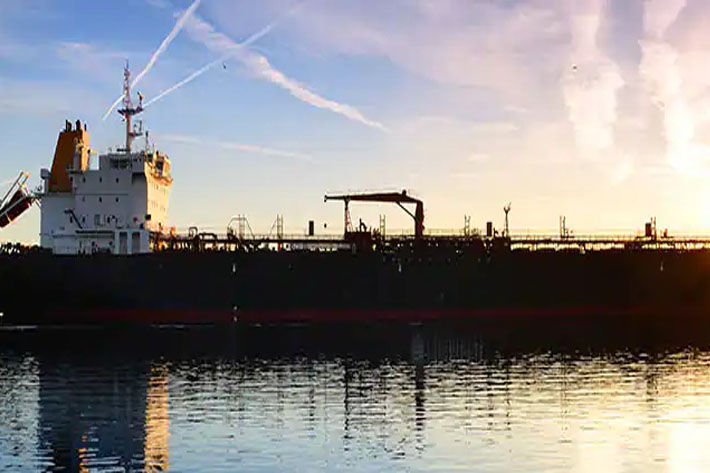
Congestion at Chinese ports increased in March and April as lockdown measures were introduced in Shanghai and later extended to other parts of the country.
Since the beginning of March, total dry bulk congestion levels at ports in mainland China have increased by 30-40 per cent, according to S&P Global Commodities at Sea.
The port congestion at Shanghai has showed signs of easing in May, as traffic has been diverted to alternative ports throughout northern and southern China. However, overall congestion levels remain high and longer vessel queues are being seen at alternative ports such as Tianjin and Zhoushan.
Container shipping rates departing Asia also remain significantly elevated over routes inbound to Asia from the United States and elsewhere. This differential in freight rates, along with severe delays at ports, has disincentivised carriers from taking shipments from the United States, Europe or elsewhere to Asia, with disproportionate negative impacts for agricultural exports.
Many carriers are no longer stopping at the US Port of Oakland, instead opting to send empty vessels directly from the Ports of Los Angeles and Long Beach to take advantage of high rates from Asia to the US West Coast, an analysis by S&P Global Commodity Insights said.
There has also been a general shift in container capacity away from the US West Coast towards the US East Coast.
In January this year, the Journal of Commerce reported that shipping companies had increased vessel capacity between Asia and the US East Coast by 25 per cent at the beginning of 2022 compared with the previous year. Shippers increasingly moved to the US East Coast to avoid the now-infamous backlog of ships at the ports of Los Angeles-Long Beach in Southern California.
Port congestion and container capacity has been especially bad in China and the United States, but remains a global issue.
Transport delays in 2021 led Chilean exporters to place greater emphasis on the US market over China, where transport and unloading times are comparatively lower. Some exporters, however, have been able to take advantage of the disruption.
A key driver of delays and capacity constraints is that many ships are operating at less than full capacity. Ships operating at partial capacity means that more ships are required to move the same volume of cargo. More ships at ports leads to loading and unloading delays. Delays encourage ships to make fewer stops and operate at less than full capacity, and the vicious cycle continues.
In the US, farmers have called on the government to enact measures to quell the practice of ships departing US ports with empty containers. The House and Senate have both passed versions of the Ocean Shipping Reform Act, which would strengthen the authority of the Federal Maritime Commission over ocean shipping companies, including the ability to impose new rules barring carriers from ‘unreasonably’ denying shipments of US exports.
The bill is opposed by the World Shipping Council. The House and Senate versions of the bill still need to go through the reconciliation process and will require another vote before becoming law.
The Panama Canal Authority has also proposed a new tolling plan which would for the first time include fees for ships carrying empty containers.
The current tolling system has been criticised for being overly complex, and the proposed change is part of a broader effort to make the tolling plan ‘simple and transparent’.
Fibre2Fashion News Desk (DS)